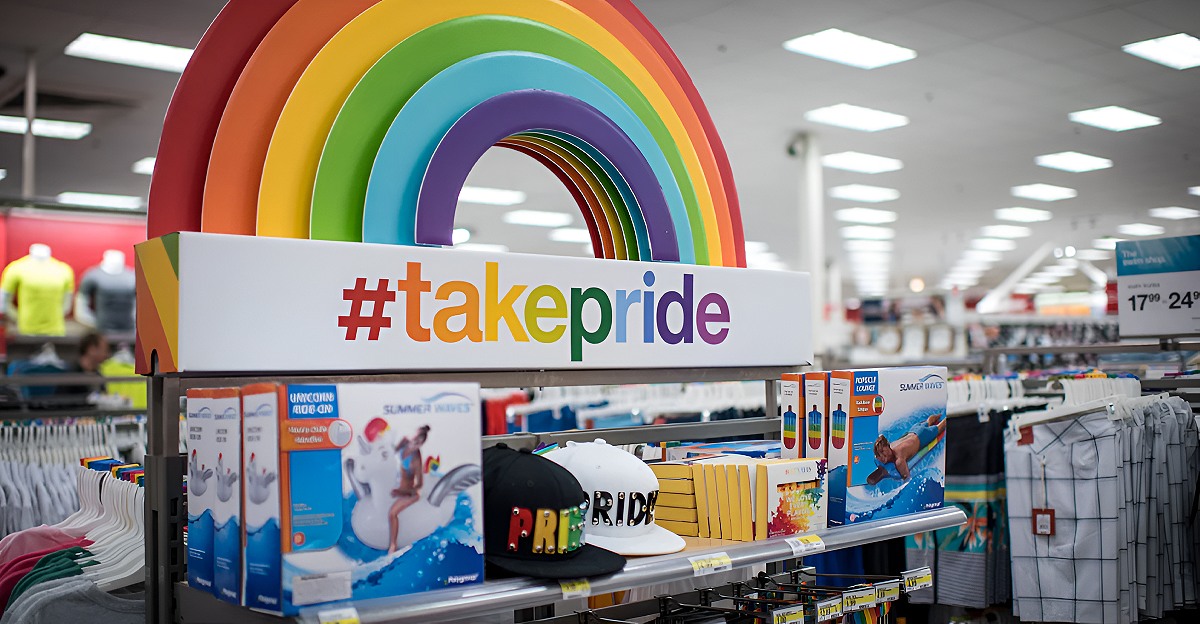
In today’s divided marketplace, one ad campaign or brand decision can quickly spark major controversies that affect sales, stock prices, and long-term customer trust.
Recent examples include Bud Light’s costly marketing slip, backlash against Target’s Pride collection, and Disney facing criticism for being labeled “woke.” These cases show how fast values-based marketing can turn from a strength into a serious problem.
This article looks at some of the biggest examples where cultural debates collided with business results—and highlights the key lessons for leaders trying to balance branding, values, and financial risk.
1. Bud Light: A Costly Course Correction
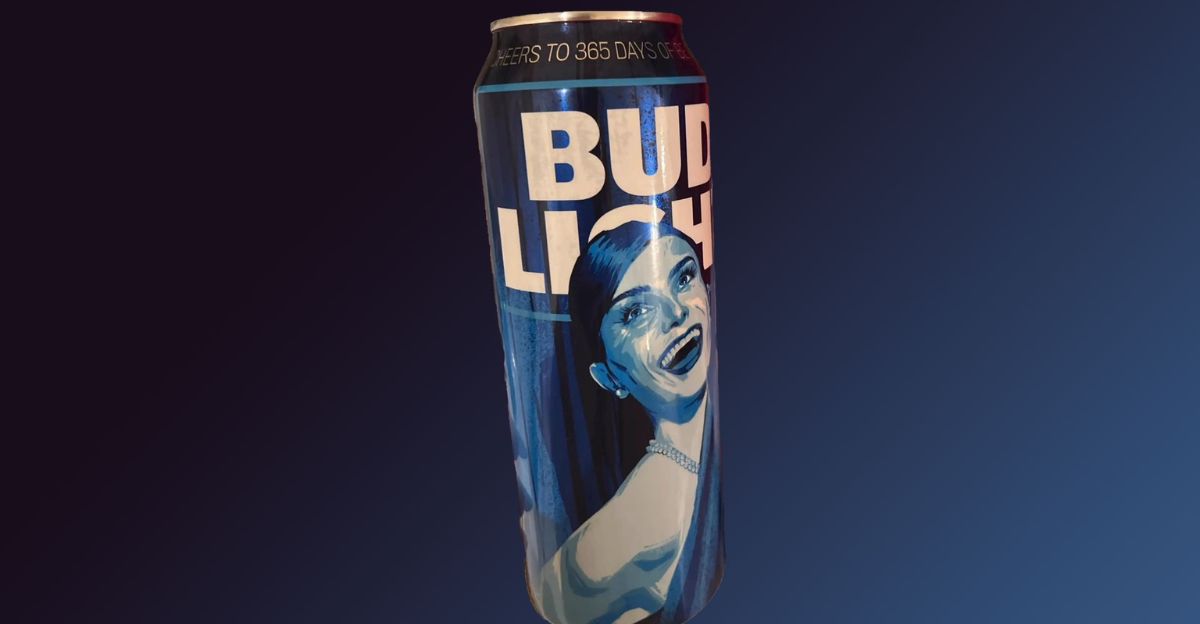
Bud Light took the biggest hit after a short partnership with transgender creator Dylan Mulvaney, which was estimated to cost its parent, AB InBev, up to about $1.4 billion in lost sales through 2023 and 2024.
In 2023, AB InBev’s U.S. revenue fell 9.5%, and its North American sales volume dropped 12.1%. Leaders and analysts repeatedly said Bud Light’s slump was a major drag on the company’s growth.
2. Target: Pride Backlash Hits the Register
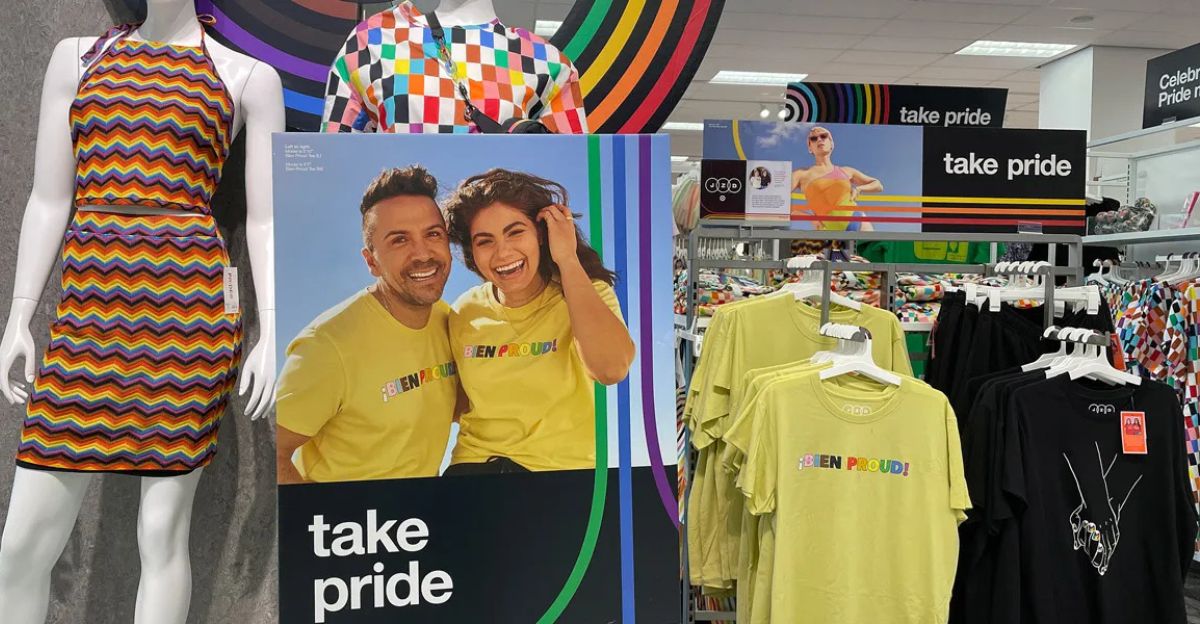
Target’s performance fell after controversy over its Pride collection, with Q2 2023 comparable sales down 5.4% and online sales off about 10.5%. This led the company to cut guidance amid a wider debate over merchandising in a polarized climate.
Leaders said the Pride backlash “took a bite from sales,” showing how quickly cultural flashpoints can hit traffic and top-line results for large, mass‑market retailers.
3. Target: Market Value Shock After Strategy Whiplash

After the June 2023 controversy, Target’s stock was hit by a major slide that wiped out roughly $15.7 billion in market value during a later downturn highlighted in early 2025 reports, reflecting how ongoing uncertainty can spook investors beyond any immediate sales hit.
Coverage also pointed to renewed boycotts and traffic softness tied to Target’s shifting stance on social issues, suggesting that inconsistency, rather than simply supporting or retreating, can intensify financial damage over time.
4. AB InBev North America: Region-Level Drag
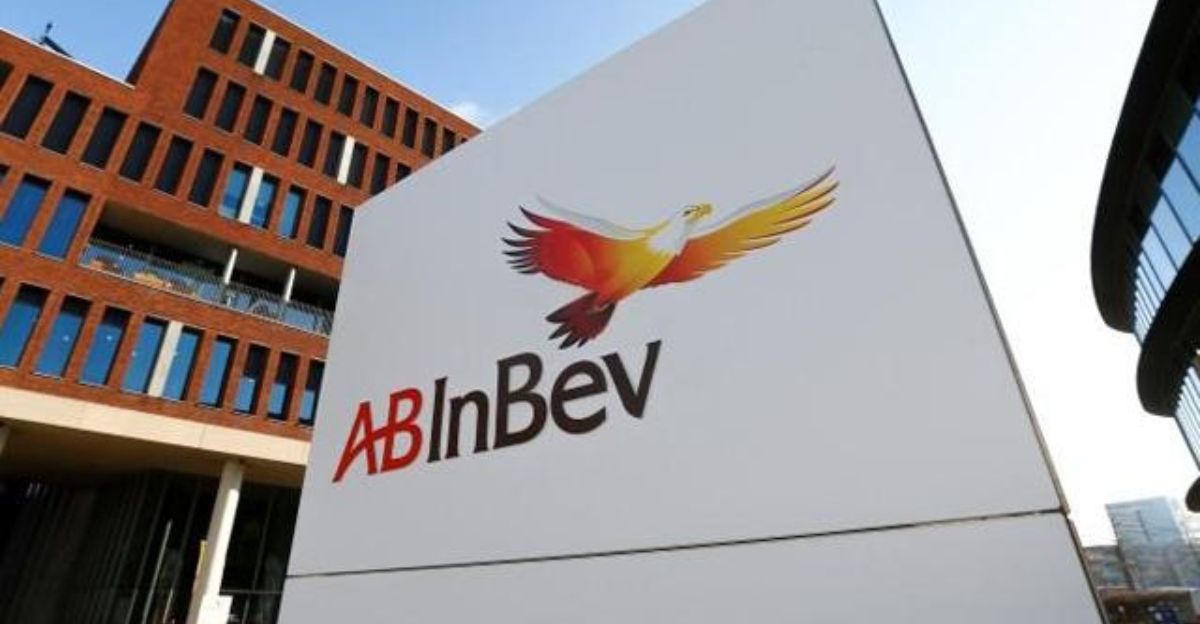
The Bud Light fallout didn’t just hurt one label; it weighed on AB InBev’s overall North America results for multiple quarters, with management repeatedly citing Bud Light’s weakness as the main reason the region underperformed.
Reported metrics reflected this pressure, including beer volumes down 15.3% year over year in Q4 2023 and an 11% drop in sales of AB InBev’s brands in North America in Q1 2024, even as global revenue continued to grow elsewhere.
5. Bud Light: Quarterly Revenue Hit
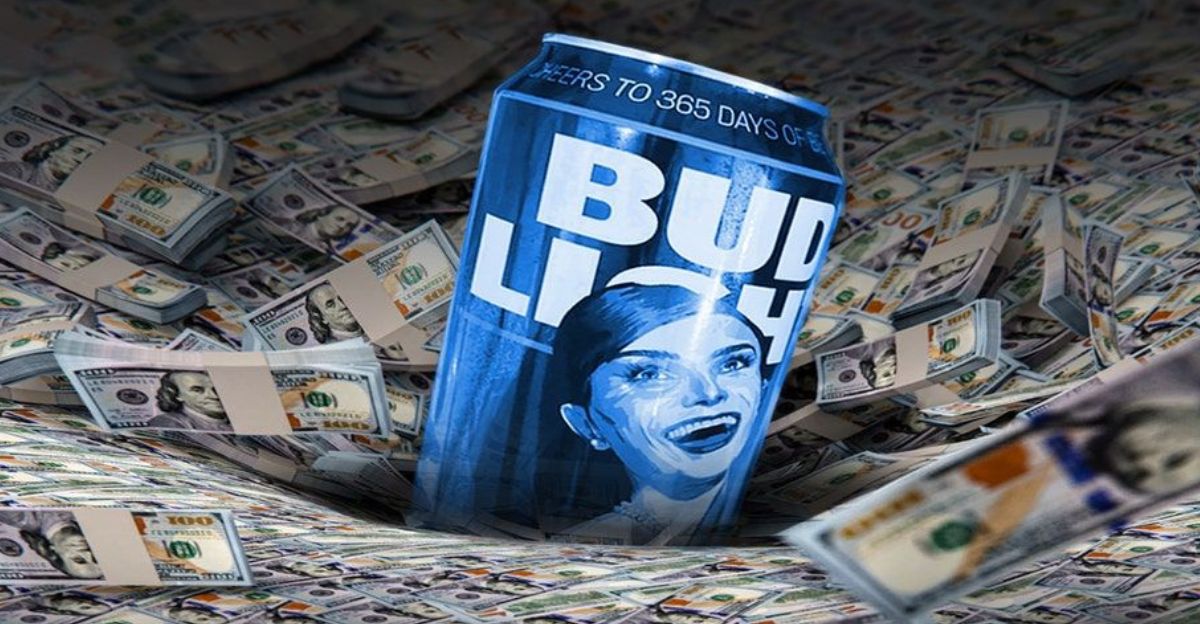
AB InBev put an early number on the damage when it said North American revenue fell by about $395 million from April to June 2023, with U.S. sales down 10.5% year over year during that stretch. This shows how fast the boycott hit the bottom line.
Later reports described steep weekly sales drops through spring 2023 and aggressive promotions to slow the slide, indicating the brief partnership sparked a lasting shift in buying habits at scale.
6. Bud Light: Category Share Migration
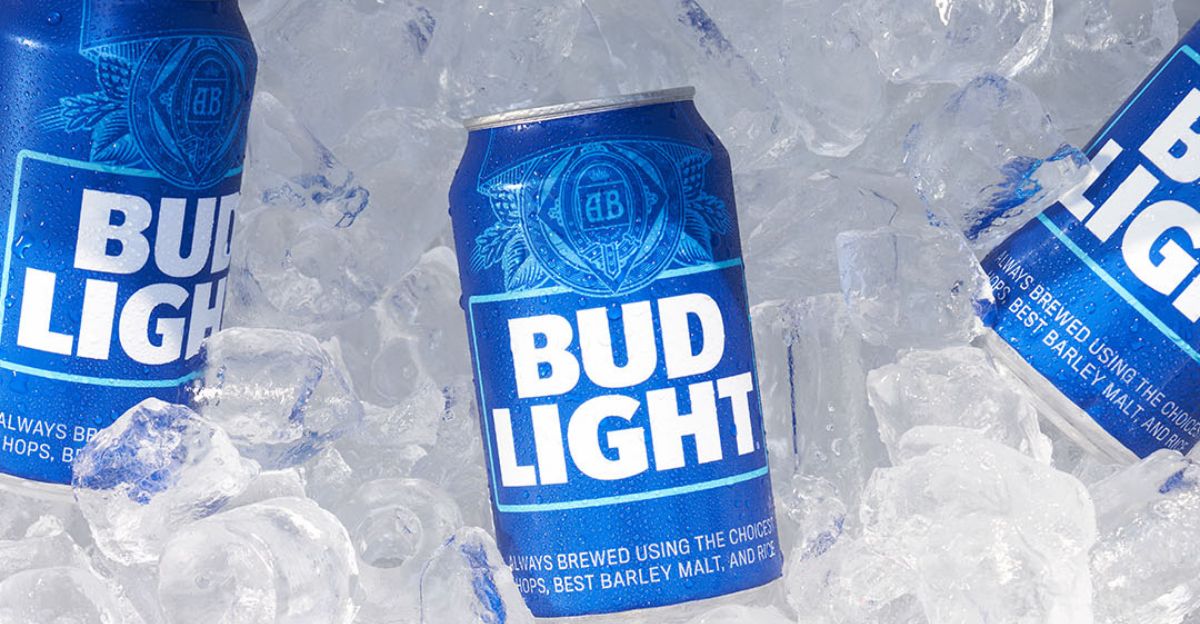
As Bud Light’s sales fell, spending shifted to rival light beers, highlighting how easy substitutions and weak brand loyalty can quickly move share in commoditized categories during the spring and summer of 2023.
Wholesalers later reported that once regular buyers switched to similarly priced alternatives, many stuck with the new choices, helping explain why revenue and volume pressure persisted into late 2023 despite heavier marketing and promotions.
7. Disney Films: Underperformers Framed as “Woke”
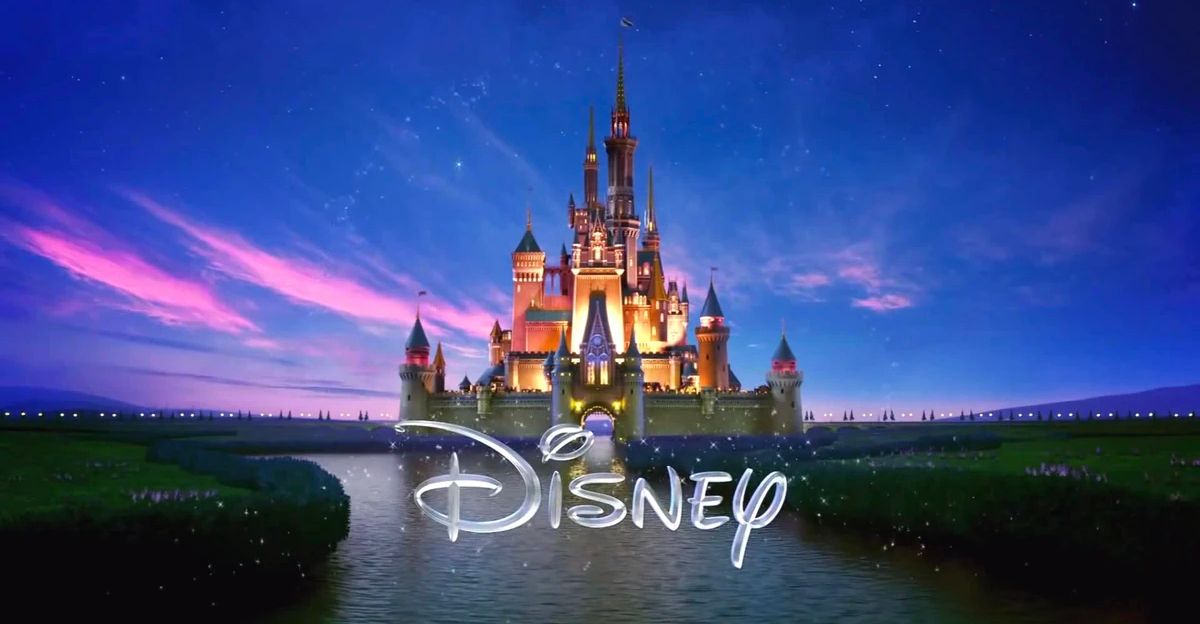
Several Disney films underperformed in 2023, and critics labeled them “go woke, go broke.” Still, analysts pointed to other reasons like franchise fatigue, timing, and execution that make a simple ideological explanation unlikely.
Still, the narrative influenced perception and investor sentiment, showing how cultural labels can overshadow more practical box‑office factors and get blamed for mixed results.
8. Pepsi’s Kendall Jenner Protest Ad: Swift Pull, Reputational Cost
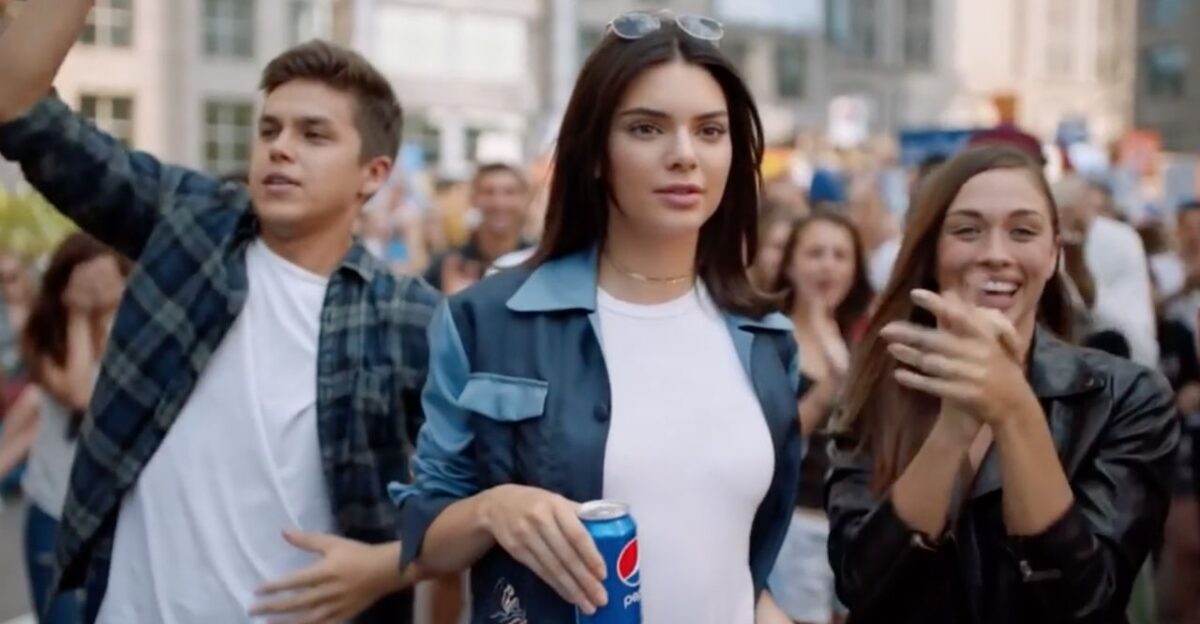
Pepsi’s 2017 Kendall Jenner protest ad was pulled within a day after heavy criticism that it trivialized protest movements. The company issued a public apology for the misstep.
Reports and industry analyses note the production ran into the multimillion-dollar range, often cited around $5 million, turning the spot into a costly write‑off and a lasting cautionary tale about insular creative processes and insufficient cultural vetting on sensitive issues.
9. Dove Facebook Ad: Inclusion Misfire
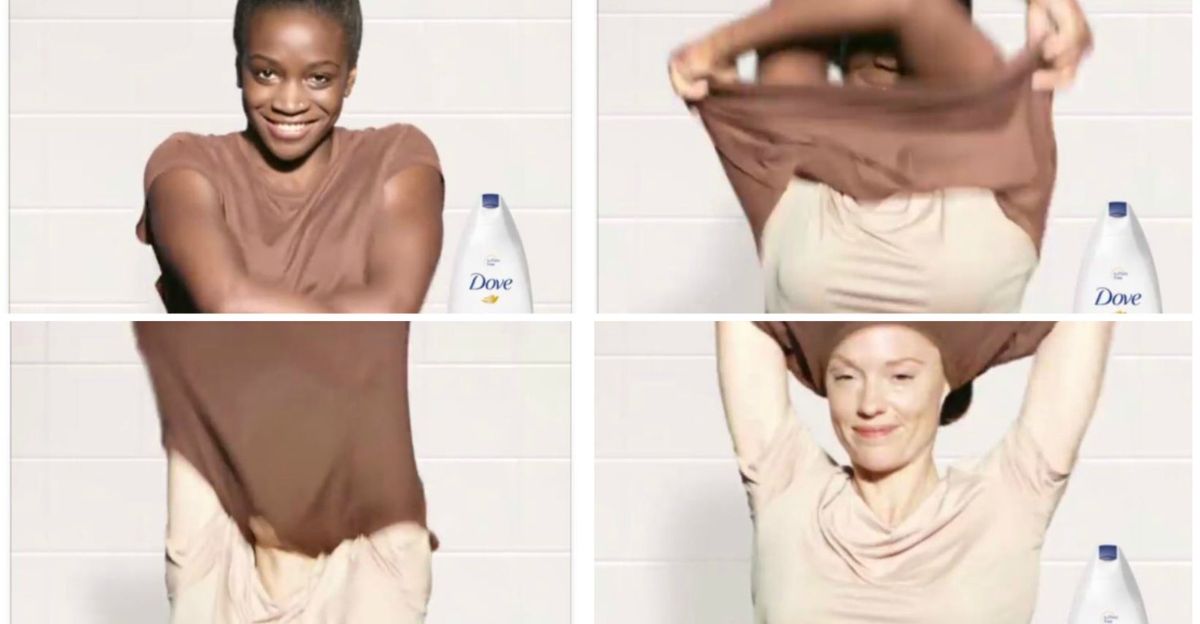
Dove’s 2017 Facebook ad, meant to celebrate “for every skin,” drew backlash for a sequence that appeared to show a Black woman turning into a white woman, leading Unilever to remove the ad quickly and apologize amid negative coverage.
While no concrete revenue loss was disclosed, the incident imposed reputational damage. It likely forced immediate write‑offs and crisis communications—showing how even inclusion‑focused brands can stumble when execution undercuts intent.
10. LifeLock’s “Unhackable” CEO Stunt: Massive Penalties
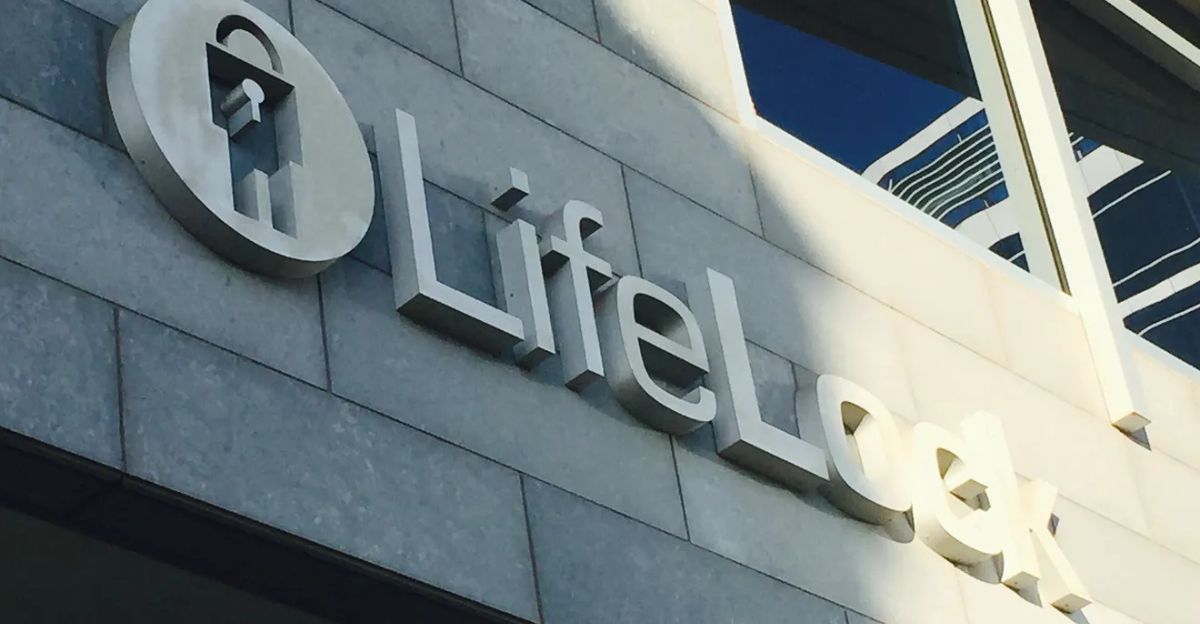
LifeLock is a clear example of how bold, values‑driven promises can backfire into significant, long‑running costs when they don’t hold up under scrutiny, with the company paying $12 million to the FTC, $68 million to settle a class action, and additional multi‑state attorney‑general settlements after its “guarantee” claims were found misleading. Its CEO’s identity was repeatedly compromised, triggering years of legal and reputational fallout that exceeded the campaign spend.
The combined penalties, settlements, compliance burdens, and damage to trust show how overstated consumer‑protection messaging can convert into sizable, multi‑year financial losses that dwarf ad budgets when accountability arrives.
Do “Woke” Campaigns Always Go Broke?
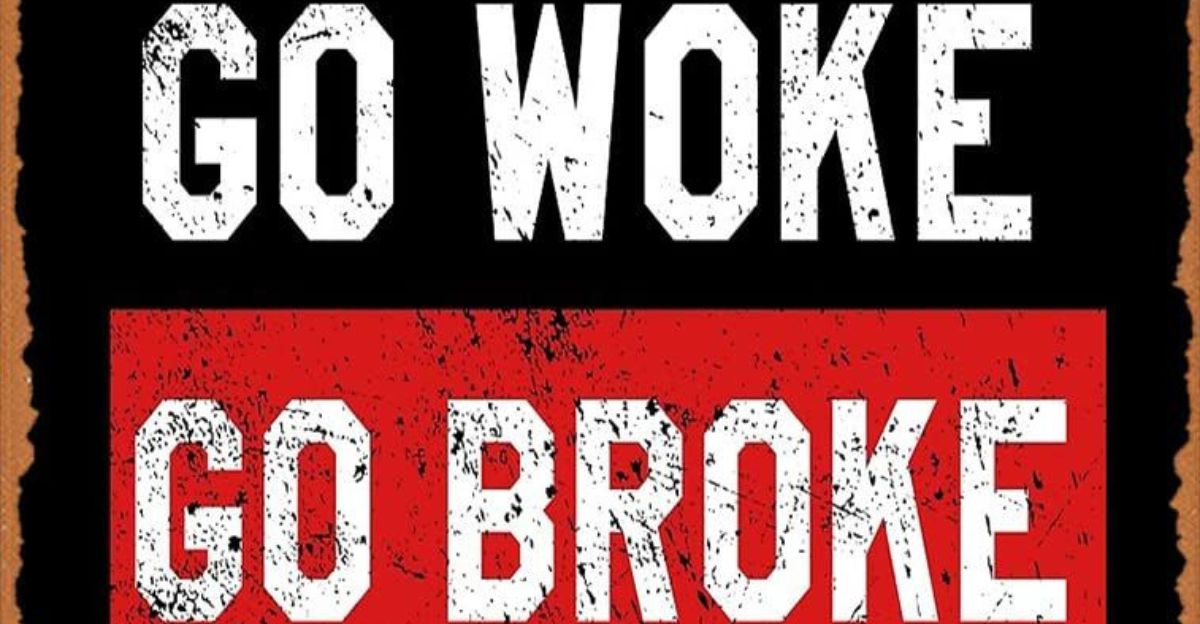
“Go woke, go broke” is a common saying, but broad reviews find many brands ride out backlash and recover, with results hinging more on how fast they respond, how consistent the message is, and how well it fits their customers than on the stance itself.
Expert commentary similarly stresses that crisis handling often determines financial outcomes more than whether a cause is endorsed, opposed, or sidestepped in the first place.
Ranking Method: Why These Ten?

This ranking focuses on losses that can be counted—sales and revenue drops, big market‑value swings, or documented fines and settlements, which is why Bud Light/AB InBev’s impacts sit at the top.
Target ranks high for its sales decline and notable market‑cap slide, while splashy creative misfires with fewer disclosed dollars fall lower despite their reputational sting.
Consistency, Clarity, and Audience Fit
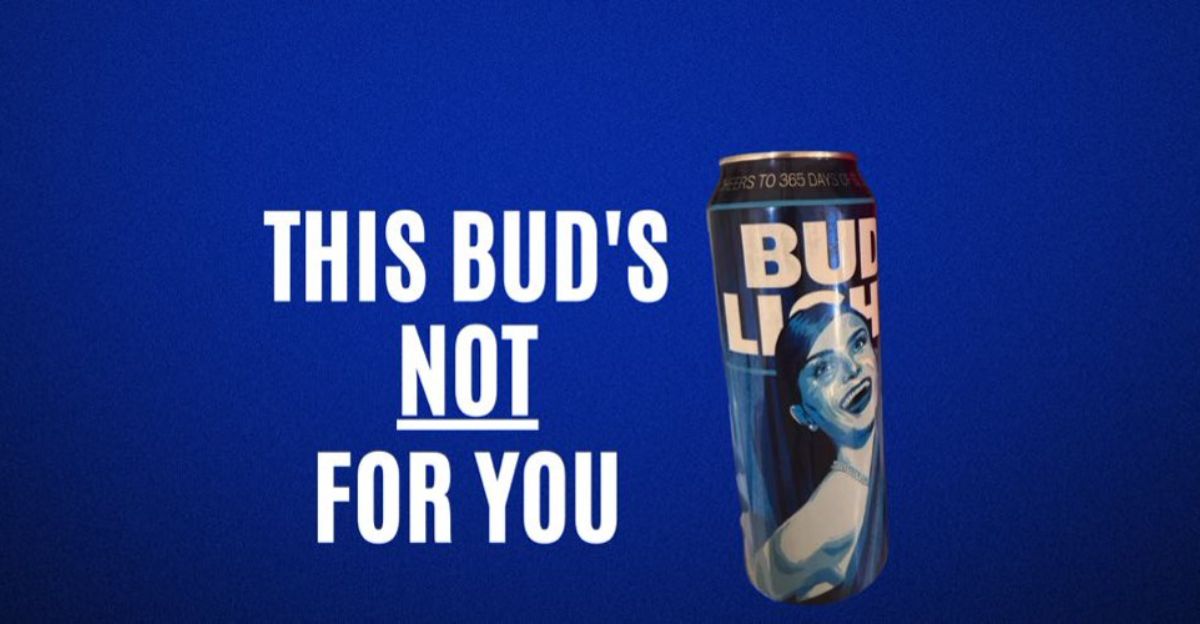
The big lesson is that mixed or shifting messages often cost more than a clear, steady stance because abrupt pivots can alienate different groups simultaneously and deepen sales declines.
In markets with easy substitutes, boycotts can turn into new buying habits, so a short PR flare‑up can snowball into long‑term share losses if the response is slow or confusing.
Crisis Response
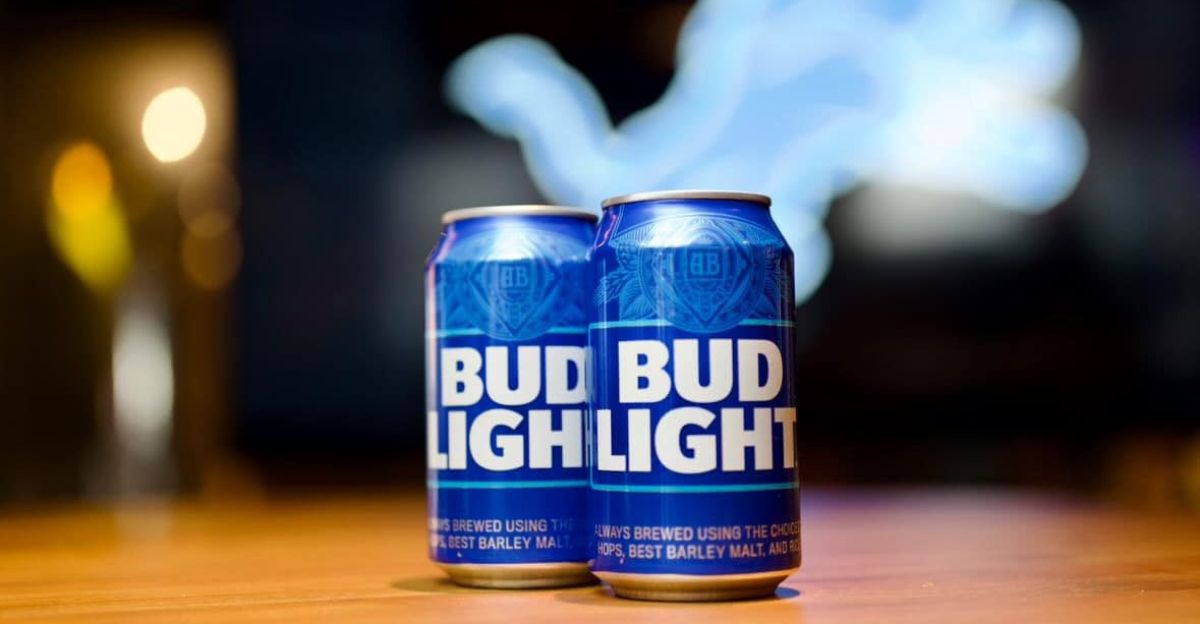
Analysts pointed to Bud Light’s slow and mixed response as a mistake that worsened the damage, underscoring the need to own decisions, speak directly to stakeholders, and outline a forward plan instead of leaning into ambiguity.
In contrast, moving quickly to pull an ad and apologize can sometimes limit fallout, though it can still turn paid media into a sunk cost, as seen when Pepsi quickly withdrew the Kendall Jenner spot after intense criticism.
Mass-Market Risk
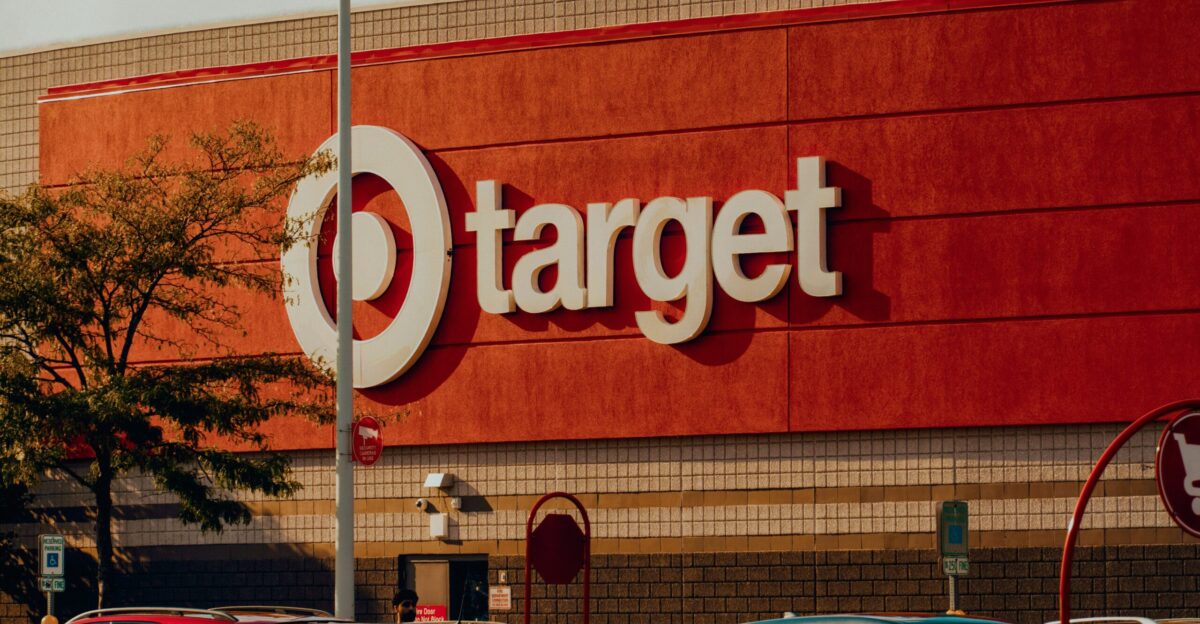
Mass retailers like Target serve many communities simultaneously, so cultural flashpoints can spark boycotts from opposing sides while creating in‑store safety concerns that force rapid merchandising changes.
When employee and shopper safety drives operational adjustments, those actions can become part of the controversy and keep pressure on same‑store sales and guidance beyond the initial backlash window.
Media Narratives vs. Multipliers
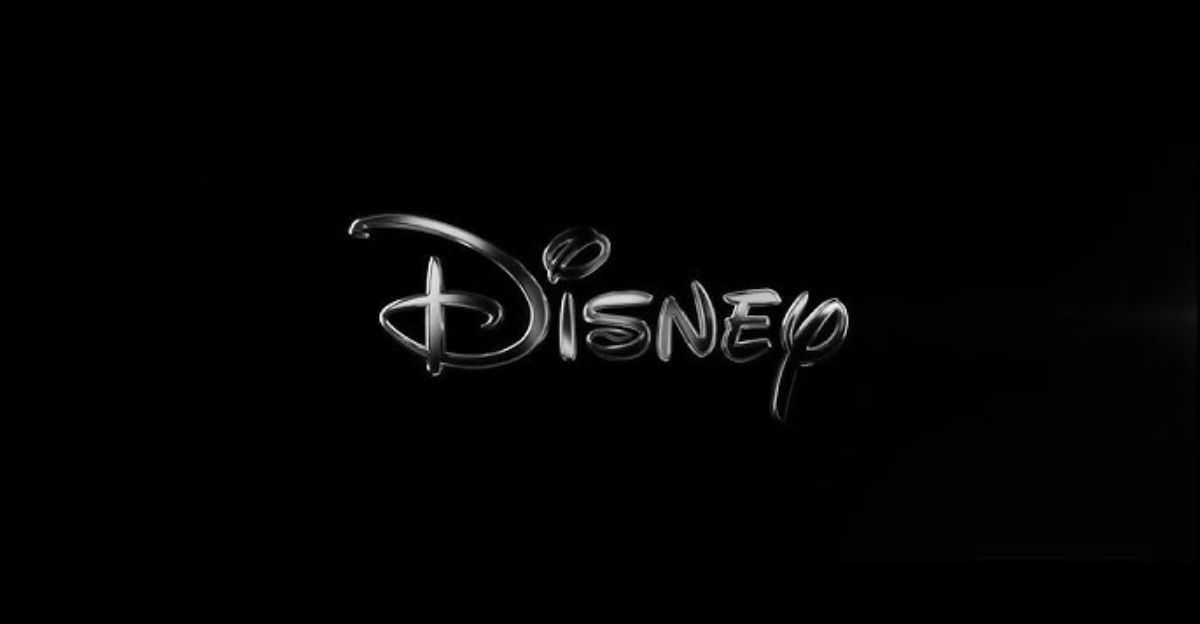
Debates over Disney’s 2023 box office show how “woke” narratives can overshadow core business factors like release timing, streaming windows, franchise fatigue, and execution quality, which drive outcomes more than ideology alone.
As a result, public discourse can assign outsized causal weight to values signaling even when the financial levers point to more conventional slate and portfolio risks instead.
Competitive Dynamics
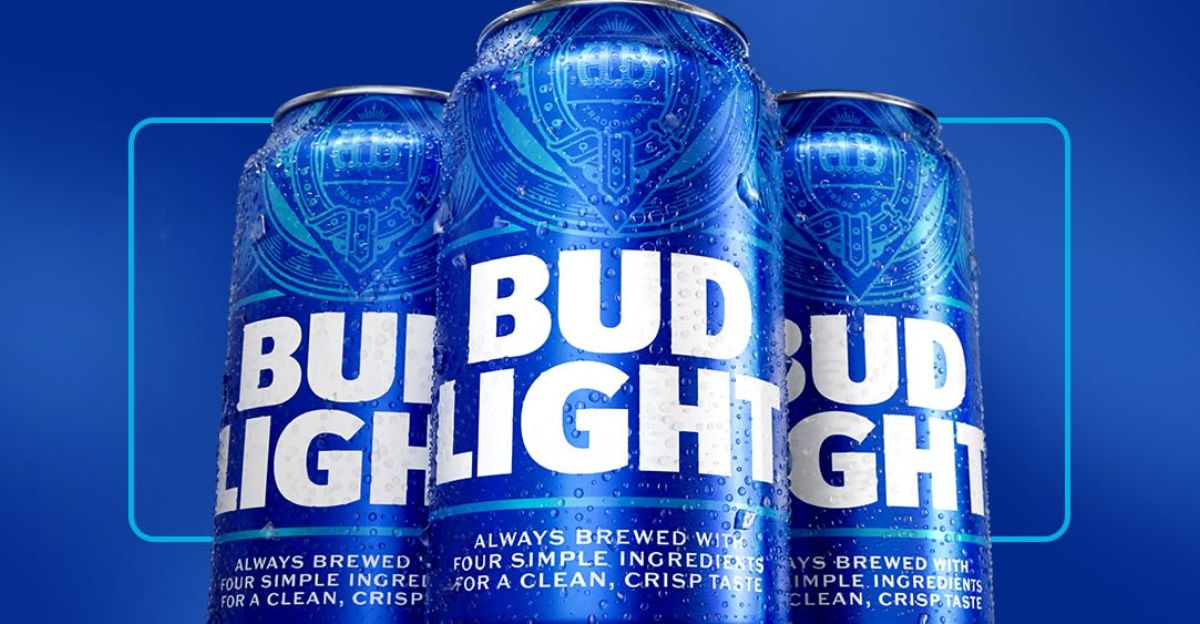
Because beer has many similar options, Bud Light’s controversy sped up customer switching to competitors, causing measurable share shifts within weeks and showing how risky a backlash can be in a commoditized category.
After such a switch, winning people back often takes heavy promotions and fresh creative that signal stability and inclusivity without reopening the original controversy.
Valuation Sensitivity
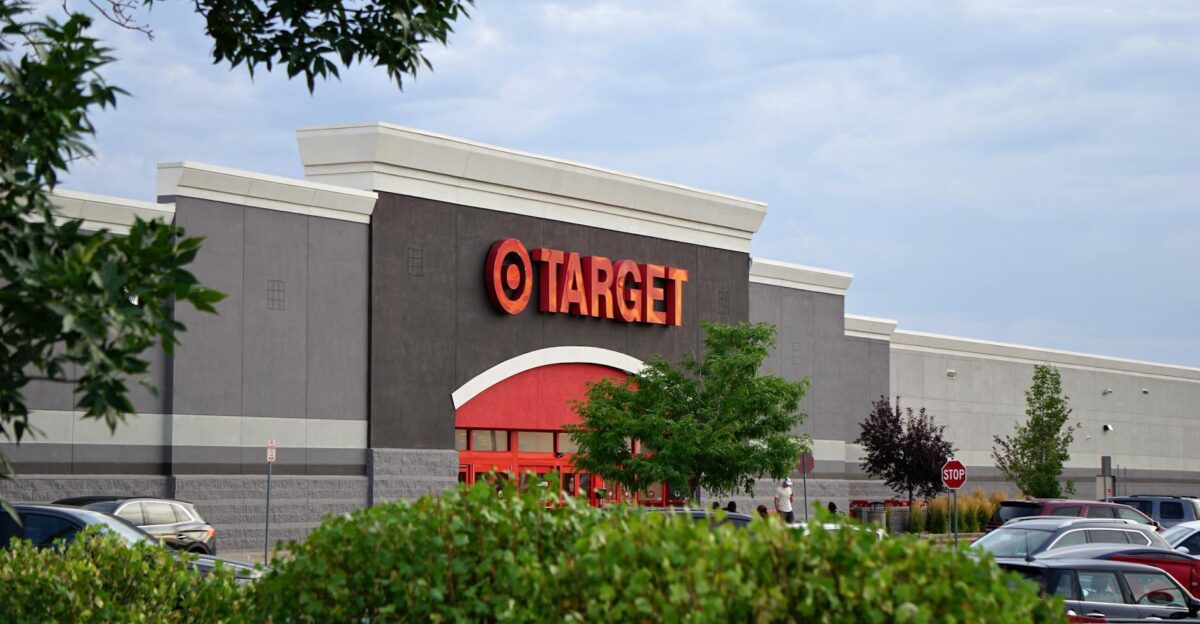
Investor reactions can be swift and steep when policy and positioning feel uncertain, as seen in reporting around Target’s roughly $15.7 billion market‑value slide during renewed DEI controversy debates. This illustrates how narratives can amplify repricing alongside fundamentals.
At the same time, analysts tracking AB InBev in early 2024 characterized North America as a persistent but manageable drag even as global growth stabilized, underscoring how diversified portfolios can contain region‑specific risks without derailing overall performance.
What Works
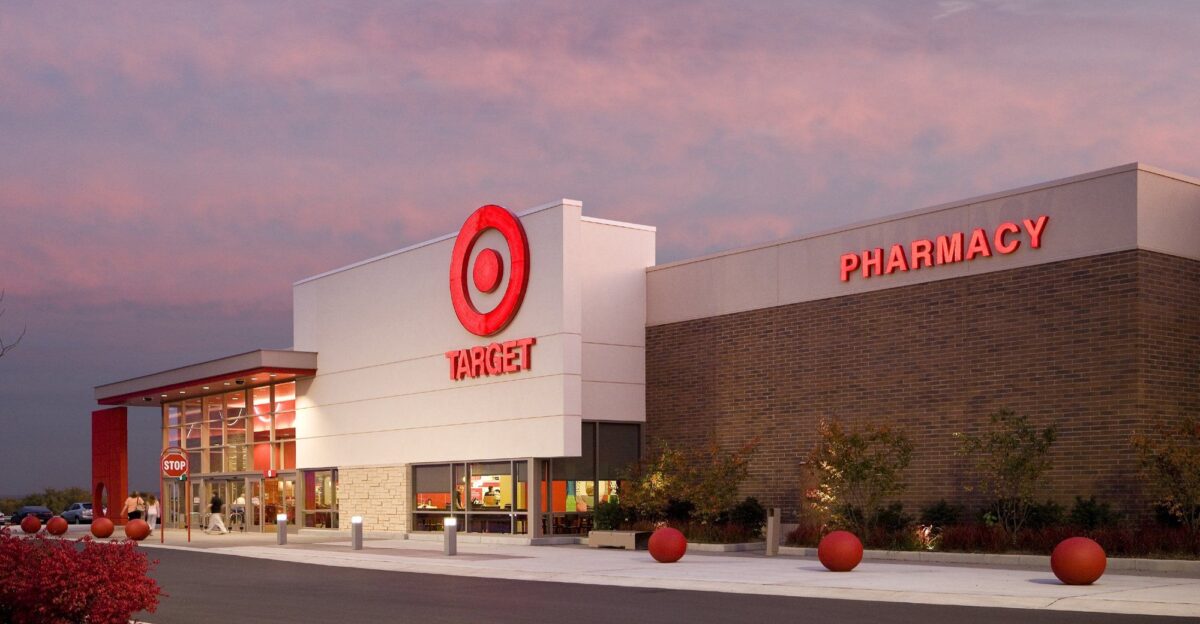
The most evident pattern isn’t that “woke” always loses money, but that outcomes depend on fit: when the message, audience, and brand heritage align, flashpoints tend to pass without lasting damage.
Brands that jump into causes as sporadic stunts or retreat under pressure invite “reputational whiplash,” which markets and shoppers often punish more than a consistent stance, turning a PR moment into a balance‑sheet problem.